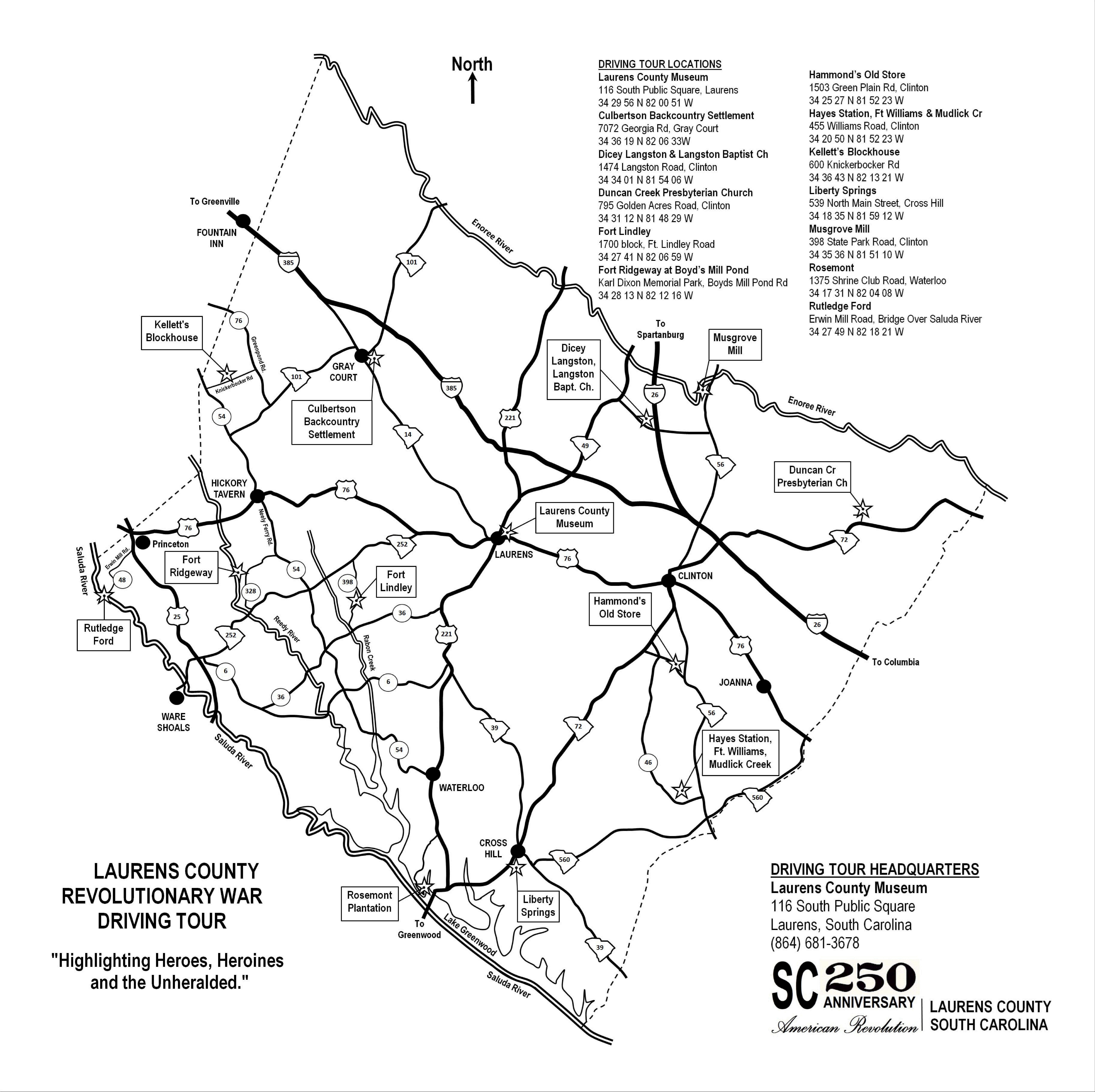
















We’re passionate about honoring Laurens County's
pivotal role in the American Revolution and are
excited to celebrate the sestercentennial in 2026.
Our goal is to connect people from around the world
with the history, places, ideas, and events that made
Laurens County a key player during this crucial time
in history. By understanding our past, we can draw
valuable lessons and inspire a brighter future Our
mission is to share Laurens County’s remarkable
contributions to the American Revolution with both
locals and visitors, fostering pride in our heritage
and ensuring that these stories are passed down to future generations.

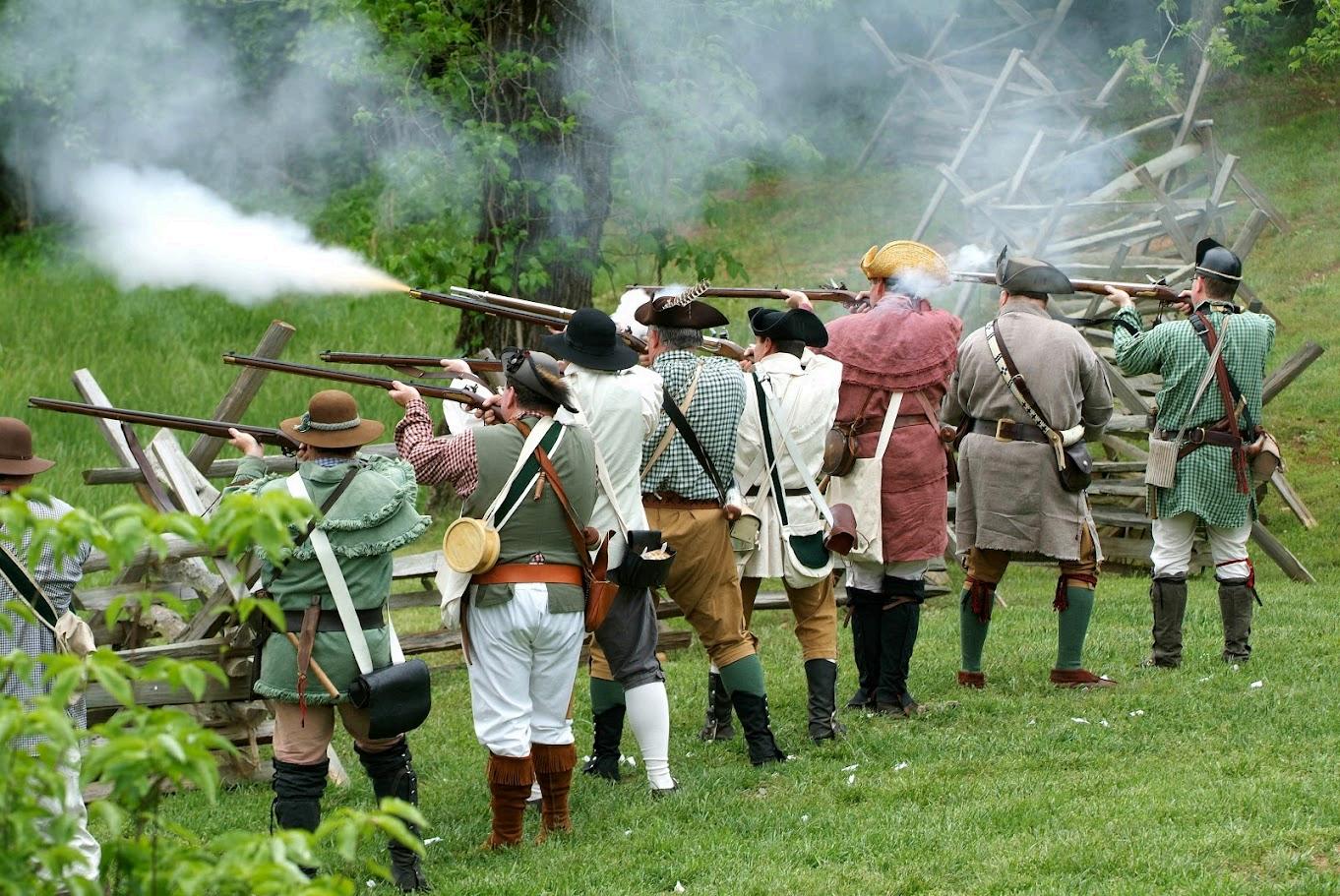
We aim to acknowledge and honor all who
participated in the Revolutionary War, from
women and enslaved individuals to Native
Americans, Loyalists, and Patriots Each group
played a vital role in shaping history, and we

are committed to ensuring their contributions
are recognized and remembered.





U.S. will mark the 250th anniversary of the
of Independence, and South Carolina, a ny, witnessed over 200 Revolutionary War
ens County, SC, continues to make
king discoveries at its Revolutionary War
urens County Revolutionary War 250th
LC250) is dedicated to sharing, educating,
g visitors by highlighting often-overlooked e Revolution. As we approach 2026, we are
series of engaging educational activities and
owcase Laurens County’s integral role in story. This initiative not only preserves our al heritage but also enhances county tourism
g visitors with a deep interest in Revolutionary further establishing Laurens County as a tination for history enthusiasts and travelers






In November 1780, after Thomas Sumter’s victory over Banastre Tarleton at Blackstock’s Farm, Patriot forces, including Georgia militia and the Lower Ninety Six Regiment, targeted a Loyalist camp at “Hoil’s Old Place” near present-day Piedmont, SC. The Loyalists fled south across the Saluda River at Rutledge Ford, where a brief shootout resulted in casualties on both sides The Loyalists retreated to the British post at Ninety Six, while the Georgians continued home, only to be defeated at the Battle of Long Canes on December 12, 1780

This site marks the location of a blockhouse built by Joseph Kellett for protection against Native American raids during pioneer times During the Revolutionary War, it was garrisoned by local militia, with Kellett supplying provisions to the Patriot army. As a sister fort to Fort Lindley, it supported Fort Lindley during an attack.
The Culbertson Backcountry Settlement in Gray Court, SC, features a 1770 blockhouse, 1790 log cabins, an early 1900s one-room African American schoolhouse, and an 1885 church. Located along the historic Georgia Road, it’s open to the public For tours, contact Dianne Culbertson or Sarah Jane Armstrong with the Gray Court-Owings Historical Society

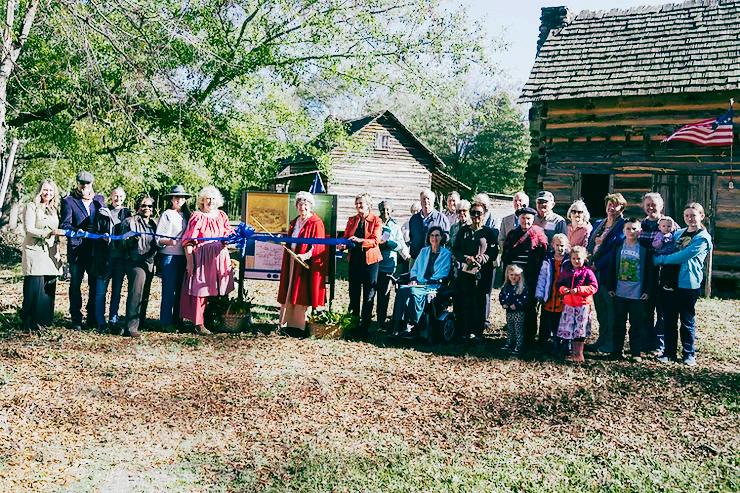
This key Laurens County site marks the only Cherokee offensive during the Cherokee War of 1776. On July 15, 1776, several hundred Cherokees and Loyalists disguised as Cherokees (Scopholites) attacked the fort at midnight. After a fierce two-hour battle, the defenders launched a counterattack, breaking the assault.
Built on Capt John Ridgeway’s land near Dirty Creek, this fort endured two attacks by Loyalist forces in 1781. The second, on September 5, led by William “Bloody Bill” Cunningham, resulted in the deaths of Capt. Ridgeway and nine Patriots. The fort’s exact location remains unknown.
Fort Ridgeway is believed to have been located somewhere along the Reedy River On September 3, 1781, Bloody Bill Cunningham and 30 Tories launched their first attack on the fort, killing eight men. This is one of the earliest known acts of retribution by Cunningham.
The site of the Dicey Langston homeplace is near the Langston Family Cemetery. It is also located close to the old Colonial Road and the Langston Baptist Church. This is where Dicey Langston committed her heroic acts. She traveled on foot across rivers and through wild country on a cold winter night of an impending attack. Her father, Lieutenant Solomon n the family cemetery alongside other family members. Langston settled near Travelers Rest, where she became 22 children


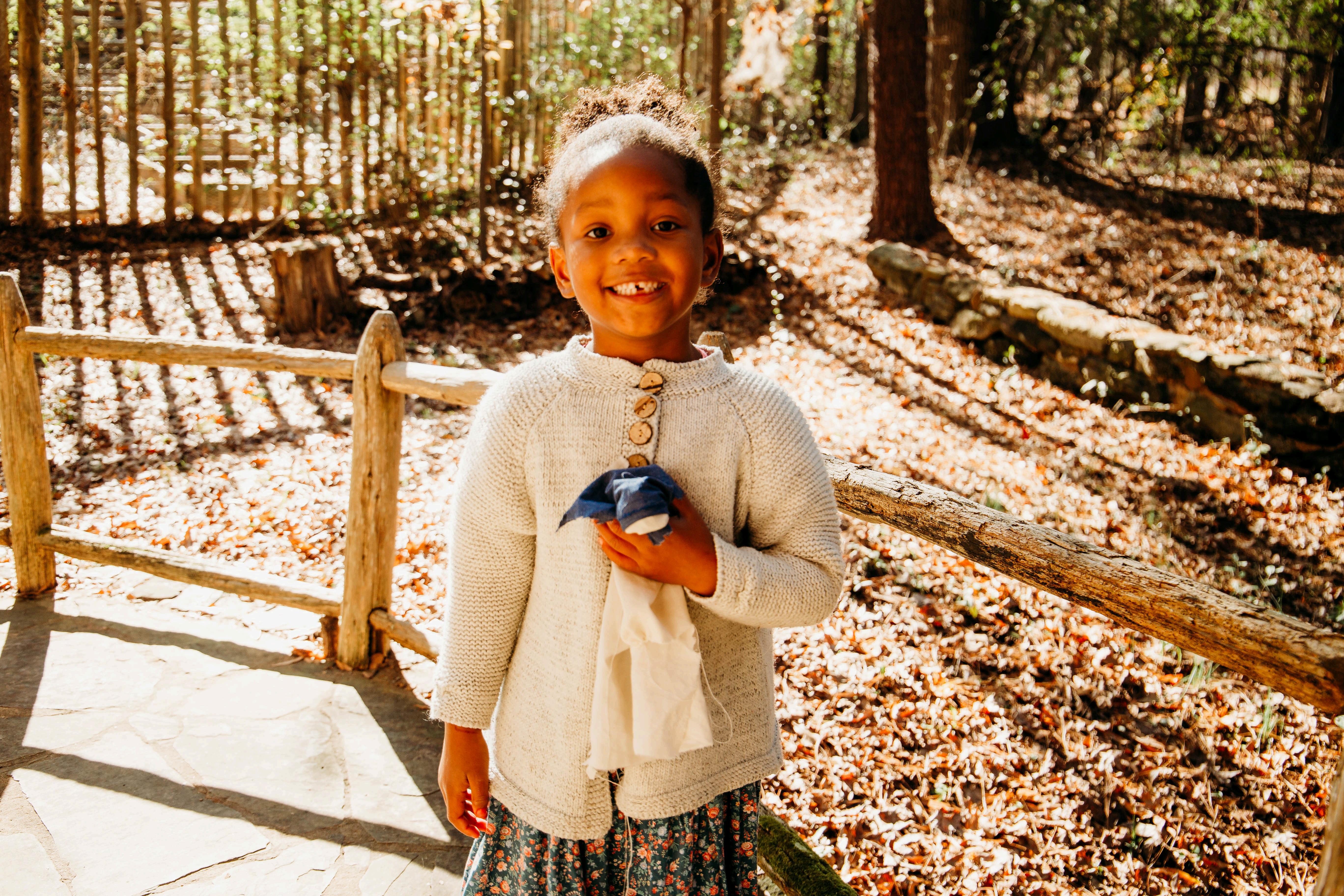



On August 16, 1780, Cols. James Williams (Laurens County), Isaac Shelby, and Elijah Clark led 200 Patriot militiamen to victory over 500 Loyalists. This crucial win boosted Patriot morale during a low point in the Revolutionary War Many consider the Battle of Musgrove Mill a turning point in the southern campaign of the war.
Join a ranger-led guided hike of the Musgrove Mill battlefield trail on the first Saturday of
every month This 1 5-mile hike explores the pivotal August 19, 1780 battle, covering its significance, key participants, and events $5 per person.
On November 20, 1780, General Thomas
Sumter handed Lt Colonel Banastre
Tarleton his first defeat at the Battle of
Blackstock’s, fought on Captain William
Blackstock’s farm along the Tyger River in present-day Union County Join a rangerguided hike of the undeveloped battlefield to explore the battle’s key events, leaders, and its significance in the Revolutionary War Join the Annual Living History Encampment at Musgrove Mill in April. Enjoy reenactments, weapon demos, kids' activities, crafts, and more. Meet and chat with reenactors to learn about Revolutionary War life!



Hammond’s Old Store was the scene of an overwhelming Patriot victory on December 30, 1780 Col William Washington led 280 cavalry and mounted militiamen, including the Little River Militia, to defeat an equal force of neighboring Tories. The battle resulted in 150 Tories killed or wounded, 40 captured, and 60 who escaped with no Patriot casualties
Occurring three weeks before the Battle of Cowpens, this victory inspired 1,000 spirited Patriot militiamen to volunteer to fight alongside Gen Daniel Morgan at Cowpens Only 50 demoralized Loyalist militiamen volunteered to fight with Banastre Tarleton.

Hayes Station is one of Laurens County’s most sacred sites. On November 19, 1781, "Bloody Bill" Cunningham brutally murdered Col. Joseph Hayes and 18 men of the Little River Regiment after they had surrendered and were bound The victims were mutilated, and 14 were buried in two common graves nearby
The Battle of Fort Williams occurred the day after the Battle of Old Hammond’s Store The survivors of Hammond’s Old Store sought refuge with Loyalist General Robert Cunningham at Fort Williams. The fort was then attacked by Col. Joseph Hayes and the Little River Regiment Eight Tories were killed as they attempted to escape the fort.
The Battle of Mudlick Creek occurred in April of 1781. Lt. Col. Benjamin Roebuck and several hundred men of the Spartan Regiment attacked an unknown number of Tories at Fort Williams The Patriots suffered several casualties, but the Loyalists were forced to abandon the fort. Lt. Col. Roebuck was wounded and captured during the battle
The legend of Liberty Springs tells of a brief truce during the early Revolutionary War when opposing armies, both stricken by smallpox, agreed to lay down their weapons for access to the springs' healing waters. This moment of grace was short-lived, as the war soon descended into a brutal civil conflict marked by unspeakable atrocities Liberty Springs remains a symbol of fleeting peace in a time of great turmoil.

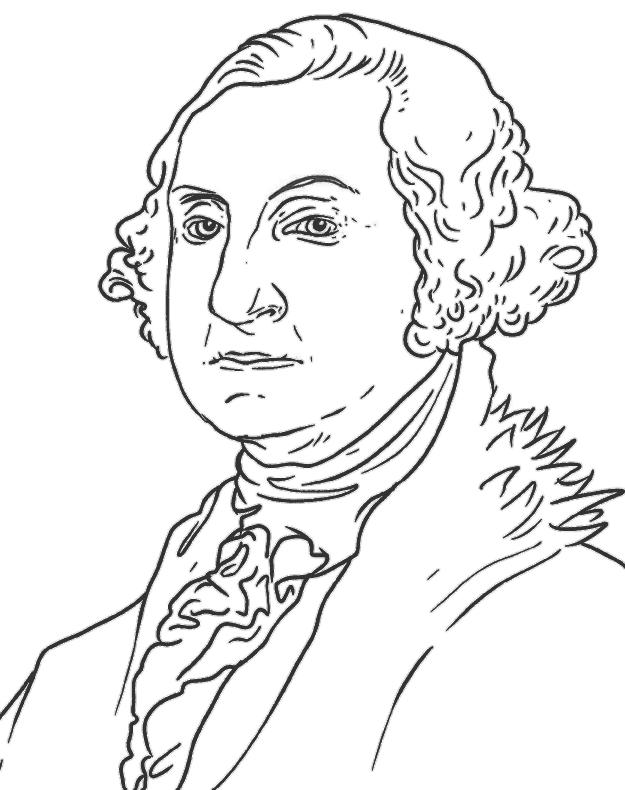

Rosemont is the plantation home of Loyalist Col Patrick Cunningham and the birthplace of his granddaughter, Ann Pamela Cunningham.
Patrick Cunningham was the wealthiest man in the Little River District. He served as a Loyalist colonel, while his brother, Robert Cunningham, held the rank of Loyalist general.
Ann Pamela Cunningham is remembered as the savior of Mount Vernon, George Washington’s historic home.
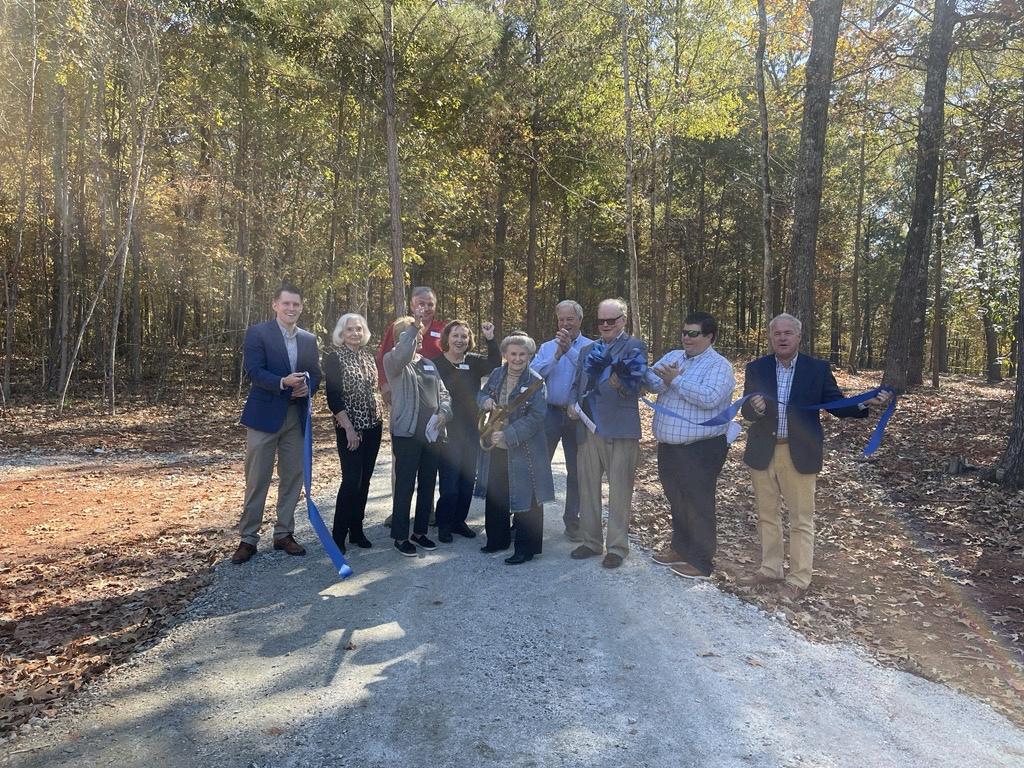
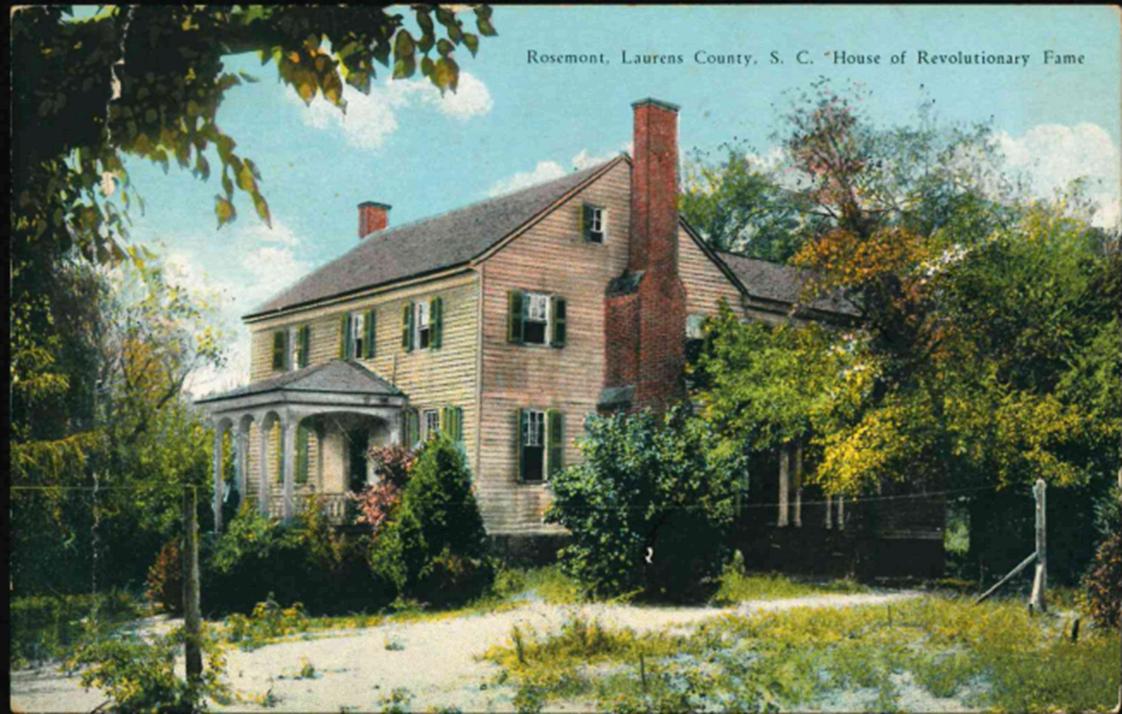


The Laurens County Museum showcases the rich history and cultural heritage of Laurens County, South Carolina. It features exhibits on the Revolutionary War, local industries, and the lives of the people who shaped the region. With a collection of artifacts, interactive displays, and educational programs, the museum offers visitors an engaging look into the county’s past, highlighting its role in pivotal historical events and everyday life through the centuries
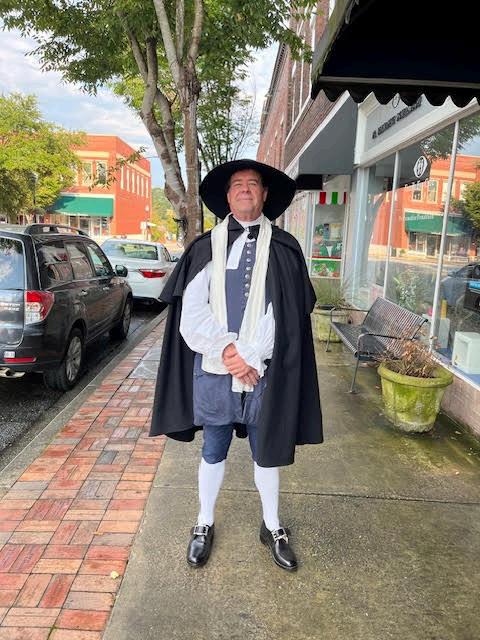
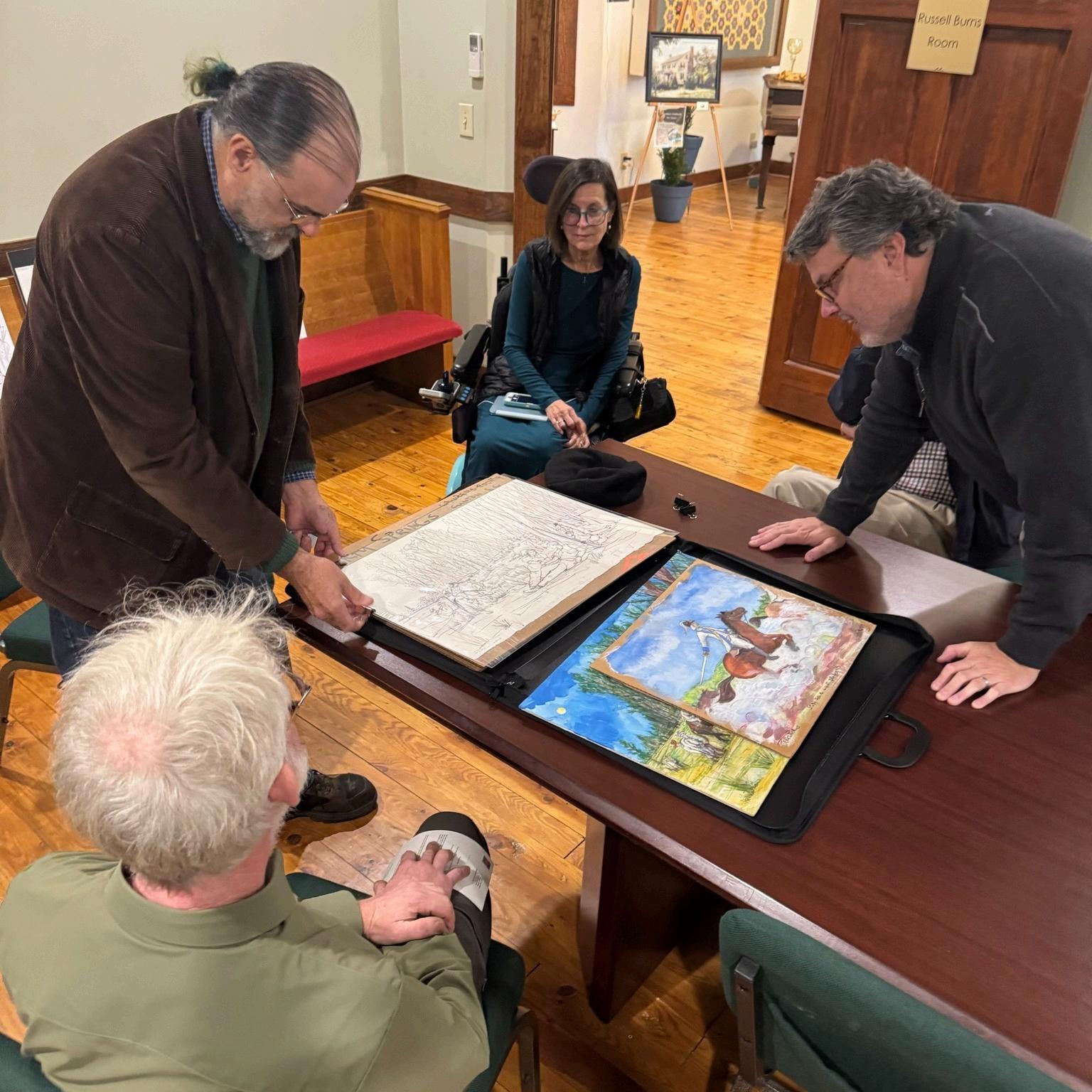
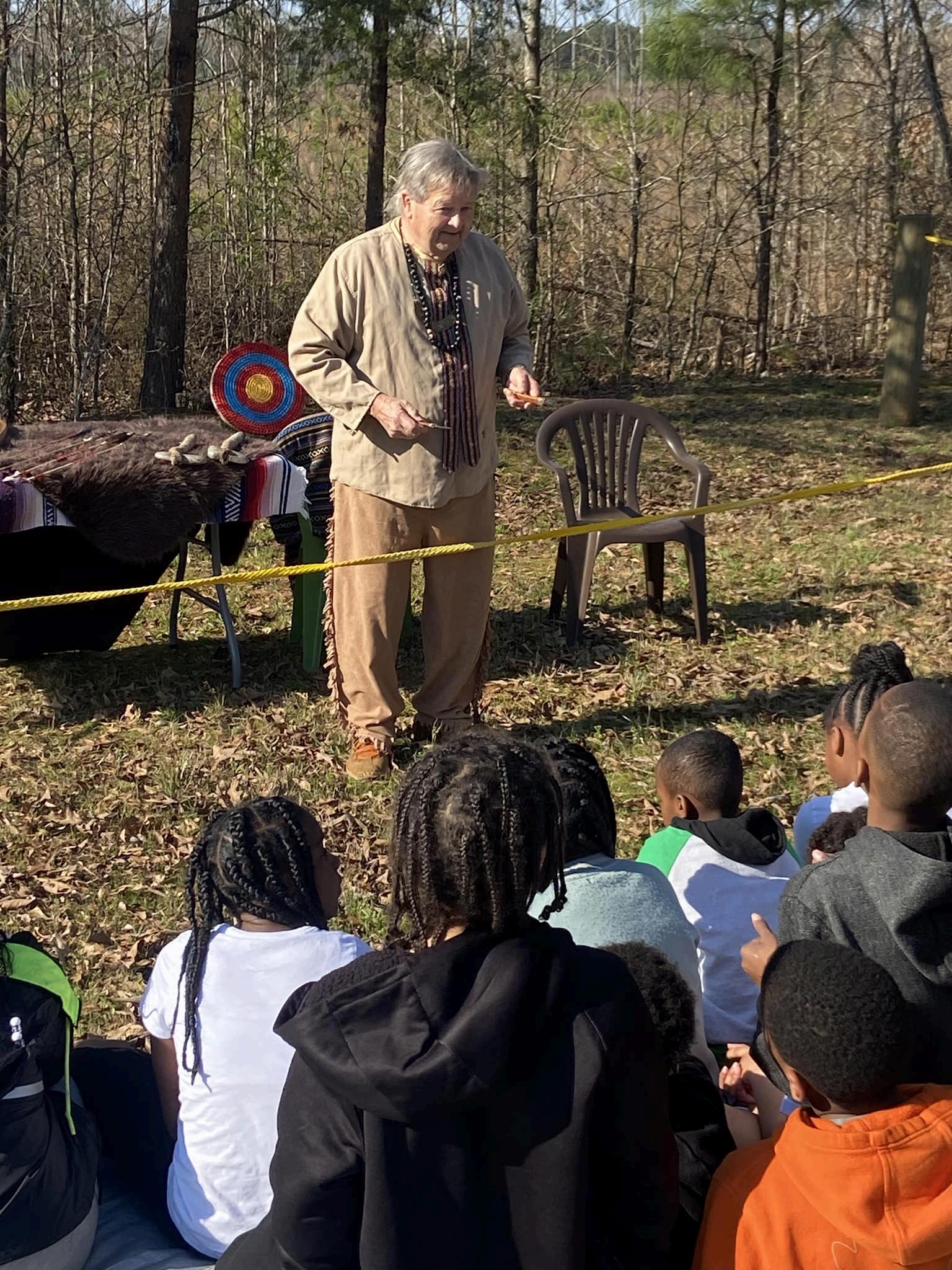


Purchased a Piece of history at Hayes Station
Over $1,000 Awarded to Local Students
Monthly Seminars Hosted
Rosemont Walking Trail Developed

5K+ Featured in Print & Online: Relocation and Visitor’s Guide
10 Artist Rendering of Sites Created
Historical Markers Placed
14 Historical Sites Identified



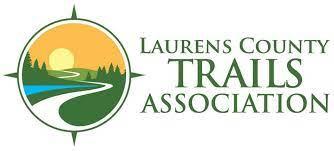

The Laurens County Trails Association (LCTA) is a non-profit dedicated to planning and developing trails that promote healthy living, land conservation, and economic growth. In partnership with LC250, we’ve launched safe, designated cycling routes that guide enthusiasts through Laurens County’s rich historical sites

